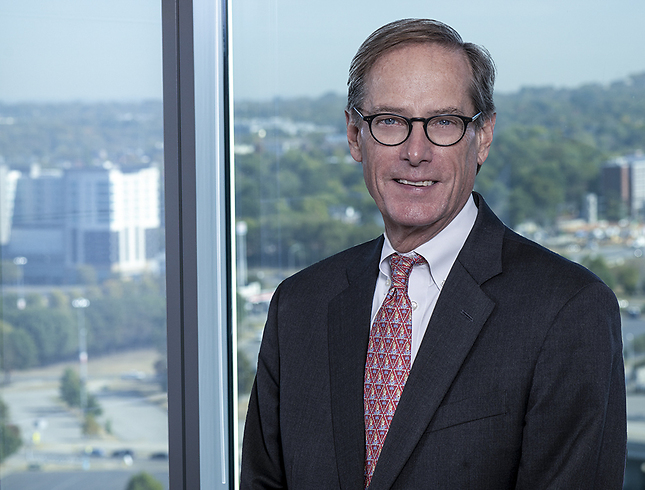This week, the Supreme Court held that knowing distributors of another’s false statements still could be primarily liable under parts of Rule 10b-5, even though they didn’t “make” the statements under prior precedent. The Lorenzo decision seems clear and common-sense on its face, but represents a battle in the weeds of an administrative case that’s likely to have significant ramifications over who private civil litigants can sue under the Securities Laws.
Rule 10b-5 prohibits any person from:
- "employ[ing] any device, scheme or artifice to defraud" [Scheme]
- "mak[ing] any untrue statement of a material fact" [False Statement]
- "engag[ing] in any act, practice or course of business which operates … as a fraud or deceit" [Deceitful Dealings].
17 C.F.R. §240.10b-5.
The Supreme Court previously held that one couldn’t be the "maker" of a false statement under Rule 10b-5(b) with having "ultimate authority over the statement … its content … and how to communicate it," so that a silent drafting participant without control couldn’t be liable. Janus Capital Group, Inc. v. First Derivative Traders, 564 U.S. 135, 142, 148 (2011).
In this case, Lorenzo -- an investment banker at a registered broker-dealer -- cut and pasted text supplied by his boss into two emails to customers, as he’d been asked to do. But Lorenzo knew (and should have realized) that content was false. The Commission held Lorenzo violated all three parts of Rule 10b-5, ’34 Act § 10(b) and ’33 Act § 17(a)(1) [the ’33 Act’s “negligence” version of Rule 10b-5(b)]. It fined him and barred him for life. The D.C. Circuit reversed the Rule 10b-5(b) count, but otherwise affirmed.
The Lorenzo majority held:
- Dissemination of false statements falls within Rules 10b-5(a) and (c); the Rule’s three subsections are not mutually exclusive.
- Janus remains as to Rule 10b-5(b) and makers, such that innocent drafting participants or scriveners who neither control nor disseminate material falsehoods might escape liability or otherwise be only aiders (if knowing): "We can assume that Janus would remain relevant (and preclude liability) where an individual neither makes nor disseminates false information – provided, of course, that the individual is not involved in some other form of fraud." Lorenzo, Slip Op. at 10.
Justices Thomas and Gorsuch dissented (Justice Kavanaugh recused due to his participation in the appellate decision), opining that the majority eroded Janus’s distinction that a non-maker disseminator could be only secondarily liable as an aider-and-abettor. The dissent was animated by an appreciation that Lorenzo’s conduct was “essentially administrative” and the goal of maintaining a decree of separateness (though not exclusivity) among the Rule’s subparts (“not superfluous”).
The distinction is critical in civil litigation (where Central Bank precludes civil aider claims), but not so much (substantively) in enforcement or criminal actions by the government. The Dissent accused the Majority of committing two sins: (1) Eroding Janus; and (2) “blurring the distinction between primary and secondary liability” – thus potentially expanding civil liability.
Lorenzo v. SEC, No. 17-1077 (U.S. Mar. 27, 2019) is here.
Thomas K. Potter, III (tpotter@burr.com) is a partner in the Securities Litigation Practice Group at Burr & Forman, LLP. Tom is licensed in Tennessee, Texas, and Louisiana. He has over 33 years’ experience representing financial institutions in litigation, regulatory and compliance matters. See attorney profile.
© 2019 by Thomas K. Potter, III (all rights reserved).
- Partner
Tom Potter is a Partner in the firm's Nashville office, and his practice focuses on securities, corporate disputes, and appellate litigation. Tom has over 35 years of experience representing business interests.
Tom represents ...

